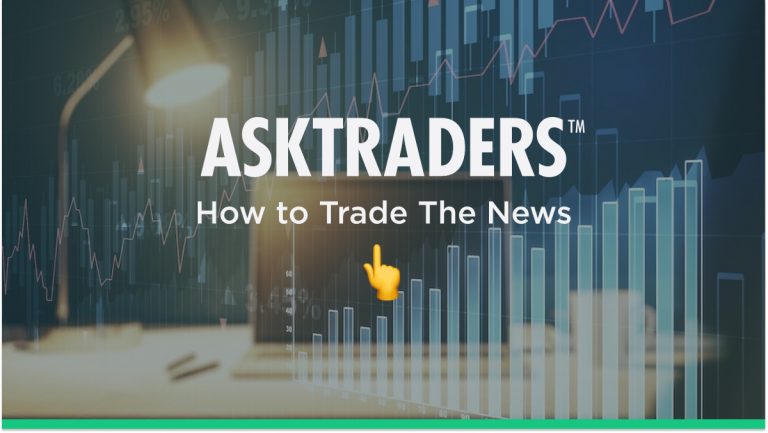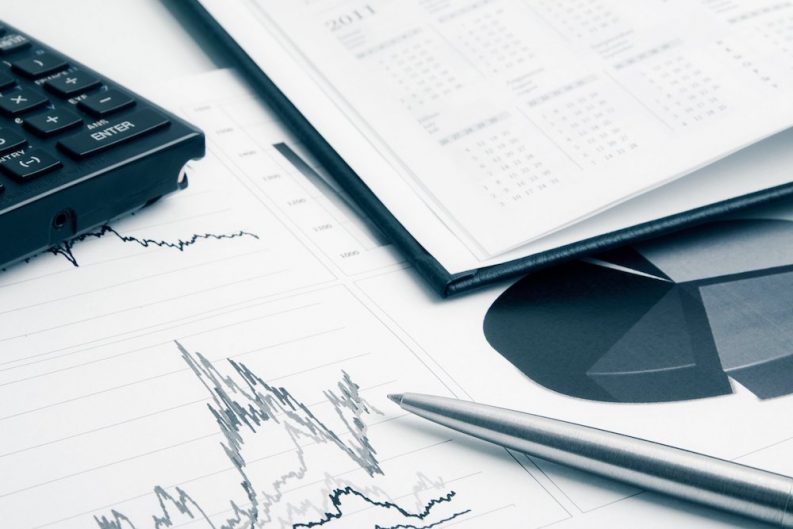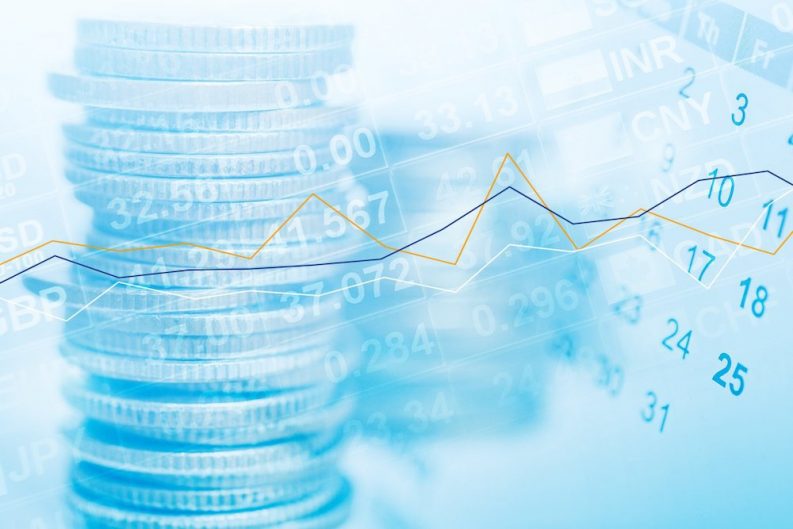
In this article, we will look at:
- What An Economic Calendar Is
- How an economic calendar works
- Understanding and navigating an economic calendar
- Why economic calendars are important in trading
- How we can use economic calendars in our trading strategy
- How does news trading work?
- What is the best new trading strategy?
What An Economic Calendar Is
Much like a standard calendar, an economic calendar is usually organised in time and date order, displaying significant events that affect financial markets. Economic and corporate calendars show past releases, plus future data forecasts. On most occasions, the data is sorted by time and date. However, it can also be presented by type of data, by country or by importance. Economic calendars are significant as they allow traders to manage their trades by providing them with a time framework of upcoming events that may impact their trading.
How an economic calendar works
An economic calendar presents upcoming economic data, news and events that are due to be announced. The information could be distributed by a government or government branch. An example could be the US Department of Labor, or possibly by a multinational power, like the European Central Bank (ECB) or by the Organisation for Economic Cooperation and Development (OECD). There are also private companies that produce economic data – an example being Markit, which creates its popular Purchasing Managers Index (PMI) surveys.
Economic calendars would also include significant Central Bank members and world leader speeches. In addition, on the microeconomic side, during quarterly earnings statements, publicly listed companies issue assorted data about their business.
So, it can be seen that when analysing data and forming investment or trading decisions, there is a large range of possible sources for economic data that may be useful to an investor or trader. A good example of an economic calendar can be seen here at Bloomberg.
Understanding and navigating an economic calendar
We will now look at the workings of an economic calendar, allowing us to better find our way around this trading tool.
As mentioned, a broad range of sources are used for the economic data points on an economic calendar. Most often, these are sorted in time and date order on a grid, with upcoming data releases towards the top. If one wants to look at a specific time period, say to only look at today’s economic data, or that for the next week, upcoming month, or maybe even the previous weeks, this can be done by altering the date range. Most economic calendars allow the user to change the data range specifically to what they would like to see.

Generally, economic calendars have a column displaying a nation or economic region’s name, flag or occasionally their Forex code (e.g. GBP for the Pound and the UK) to specify the economy or currency that may be affected by the data being announced. This is especially useful if you are focusing on a specific global area or nation. Most calendars allow you to narrow down your search to the country or region you are focusing on through filters, so only the countries and markets you are looking to trade will appear. A good example of this can be seen with the eToro calendar.
Economic trading calendars also usually include a column indicating an ‘importance’ factor, which can be presented in multiple ways but is used to show low, medium and high levels of ‘importance’. Naturally, ‘importance’ can be seen as quite subjective, but on the whole, developing nations are seen as less important than bigger, developed economies like the US.
On top of this, different types of economic data are also valued differently, with a consensus that data concerning inflation, Gross Domestic Product (GDP) and unemployment rates are more important. However, it is arguable how significant other economic data are.
Producers of the economic calendar must make decisions based on importance, and for the most part, they get this right, but on occasions, they do not. This makes it vital that traders understand the impact any potential data releases could have on the markets they choose to trade in, and which data points are most significant to them and their personal trading methods.
The name and description of the data point is another significant feature of the economic calendar. Usually, the calendar will display just the headline name for the specific data point, like GDP. To gain a more detailed explanation of this piece of data, you can expand the field for a deeper dive.
The actual or current data release is a further column on the economic calendar, which will stay blank until the planned time of the data publication, as it is unknown. This column will then populate when the actual data is published – usually seconds but potentially minutes after the release.
The ‘consensus’ column could be argued to be the most significant part of the economic calendar. This consists of the predicted consensus value for the unreleased data. This value is computed by taking an average from predicted values from various investment institution’s economic forecasting departments. In general terms, this is the consensus prediction from the wider market for the data that will be published.
There is also a column composed of past data, normally displaying the most recent data point published in this series. For example, it would be last week’s data for weekly data, but last quarter’s data point if it is released quarterly. To see more detail, you are often able to click on this data point to see historical data, often displayable in a chart or table and usually downloadable, allowing you to perform your own analysis.
Why economic calendars are important in trading
The significance of economic calendars is that they give traders the ability to efficiently know what their trading day will entail while also allowing them to look ahead to when specific data is set to be published.
Fundamental analysts use past and consensus data, in an attempt to make predictions whether a market is undervalued or overvalued from a fundamental viewpoint. Traders with a technical analysis approach also rely on calendars, as awareness of future economic data publications can be used to time trade entry and exit points.

How can we use economic calendars in our trading strategy?
News trading is an approach that uses fundamental events that influence any specific financial market, asset class or instrument to our advantage, allowing us to profit from them.
It most often refers to company or corporate events, with an example being earnings reports. It can also be used in a broader sense to refer to any incident where a trader or investor uses the strategy of exploiting a fundamental event that can influence any given market. From an individual trader's perspective, this may involve macroeconomic events rather than microeconomic events at a company level. We will now look into how news trading works, its significance and some news trading approaches.
How does news trading work?
Usually, trading the news works by initially selecting possible corporate or macroeconomic events that may take place or are scheduled to take place. On the corporate event side, these may comprise earnings releases, mergers, corporate restructuring or acquisitions. From the macroeconomic side, this could be any data point released about any particular economy.
Traders can then formulate a strategy based on the event by analysing the possible effects of these corporate or macroeconomic events in order to predict probable trading outcomes. The objective is to profit either before, after or during the specific event, as price reacts.
What is the best news trading strategy?
There are a few shared features that the best event-driven strategies have in common. These are:
- Identifying possible fundamental events that will influence market price.
- Analysing potential situations and consequences around these events.
- Forming a trading strategy and outlook that will help the trader make profitable trades before, during and after events.
But what if, as retail or semi-pro traders, we do not have the resources that the expert analysis units hedge funds have access to? How do we profit from this approach?
Well, we can still analyse bigger, geopolitical and macroeconomic events at a simpler level. Individual traders are still able to observe imminent macroeconomic data events and analyse the ways the markets previously responded if the consensus predictions were close to, beat or missed compared to the actual data releases.
One approach would be a strategy, analysing the data and forming rules that specify what to do from a trading standpoint in different situations. Often, experienced traders will use this method, but more simply use their ‘gut feeling’ and quickly predict how far a data release would be expected to move the market. The trader will then choose whether to ‘go with’ the price action or ‘fade’ the move, with the former meaning trading in the same direction of the move in price and the latter entering a trading position in the opposite direction of the initial price move.
We have looked at how you can read the economic calendar and the ways that this can then be used to build a trading strategy to trade the news. When constructing your new trading strategy, selecting a trusted broker is a high priority. Navigate to AskTraders’ range of expertly selected and trusted brokers to get your trading off to the best possible start.




